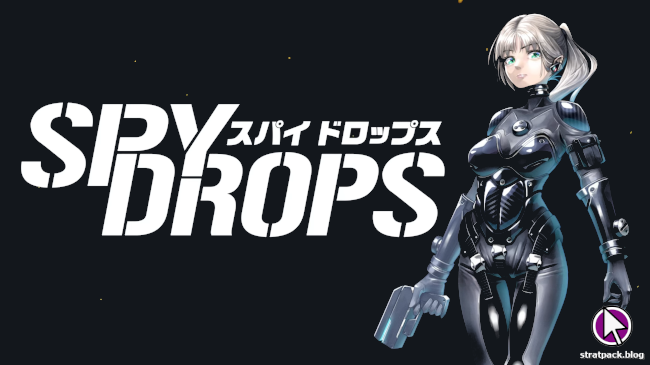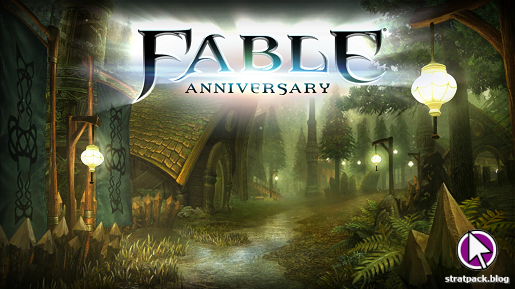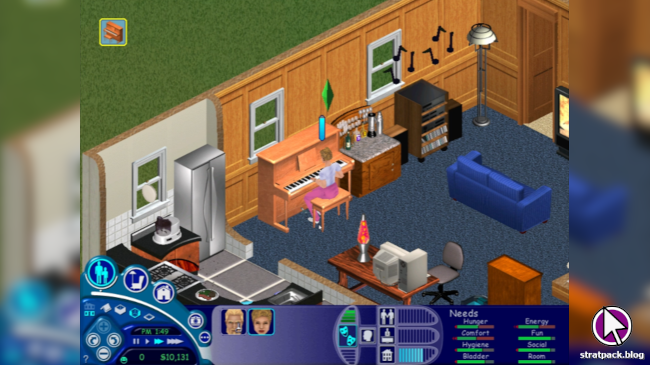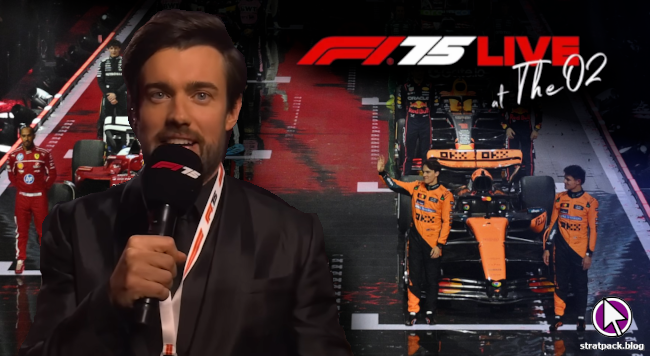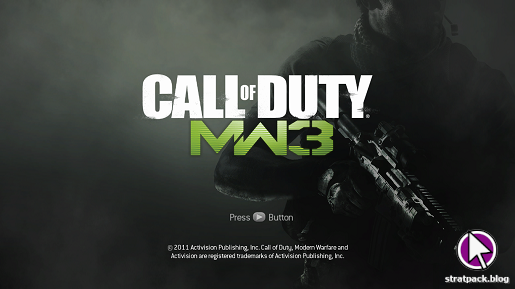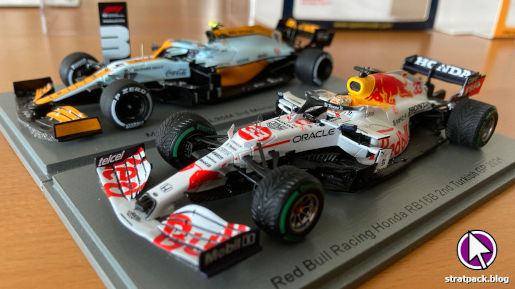
FIFA 22 Career Mode: How to scout and develop youth players
There are different ways to tackle FIFA 22’s Career Mode. Some players prefer to take the Paris Saint-Germain approach and build out a squad of the best players in the world, spending hundreds of millions to secure the top talent. In fact, you might even say that’s what EA seems to encourage.
But some - myself included - prefer a slower-paced challenge, finding young players with potential and nurturing them through carefully-timed promotion to the senior squad and ample game time with the first team. There’s a lot more going on with this sort of approach, so I’ve put this article together to run through the basics that you need to know to get started.
Note: I have published an updated article for EA Sports FC 24 Career Mode.
Refining your youth setup
The first thing you’ll want to do is address the top of your youth academy funnel and hire a decent scout. Head to the youth staff page and assess your current options. The most important factors are their experience rating (as far as I can decipher, this reflects how likely they are to find players) and judgement (how accurate their assessments of players’ abilities are).
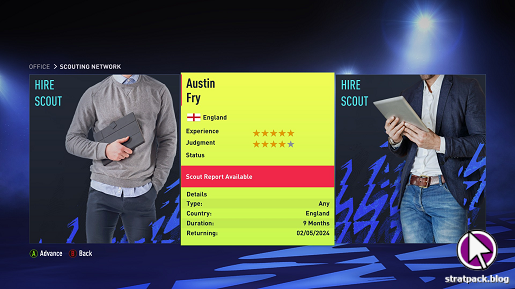
If your current scouts are no good, you can always spend some of your transfer budget on a new one. When you’re satisfied with their skills, you need to send them to set up a scouting network. You can choose which country they’re searching in, how long they’re out there for, and select specific traits you want them to look for in a young player.
My Career Mode game is focused on young English players, so I usually send my scout out on long-term assignments in England and leave him to it. If you have different priorities then you might want to mix things up with shorter searches in different countries and with different parameters.
Scouting out fresh talent
After a short set-up period, your scouts will begin to deliver monthly updates to your inbox. These reports consist of a list of players with rough estimations of their current and potential abilities (at this point you’re probably seeing why the scout’s judgement rating was so important earlier).
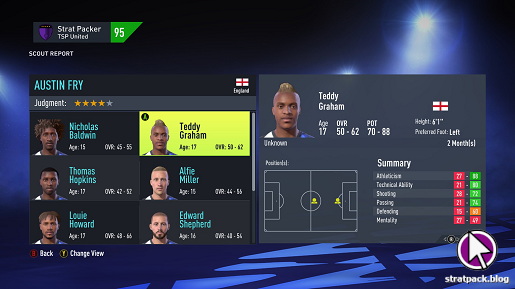
To filter this list down, I normally start with a baseline potential OVR rating - usually 80 if I’m managing a Premier League side. If a player has no chance of exceeding this lower limit then it’s very unlikely that they’ll ever feature in my first team even if they develop perfectly, so I send them on their way.
If the upper bounds of a player’s potential are above my threshold then I turn my attention to their minimum potential. If it’s also quite high - say in the mid-70s - then I’ll recruit the youngster right away to see how they develop in my academy. If it’s lower and there’s a risk they’ll be a dud, I’ll leave them on the report so my scout can take a closer look and return with a more accurate assessment of their potential ability next month.
Managing your youth squad
As with scouting, you’ll receive monthly updates on your youth squad and over time their OVR will improve and their potential ability will become more accurate. The main use for this report is to check who falls short - if one of your recruits’ potential OVR falls below your minimum threshold, don’t be afraid to let them go and free up space in your youth academy.
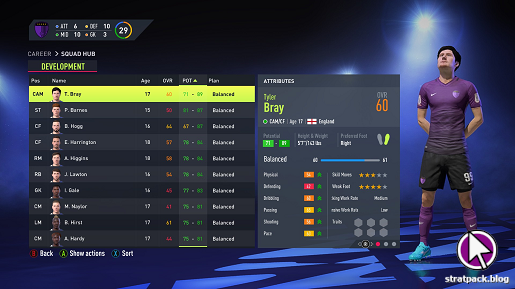
If a player progresses to an acceptable OVR and plays in a position where he’s likely to get game time, it may be time for a promotion to the senior team to optimise his development. Beware, however, that once a player leaves the youth squad you will lose visibility of his potential, so try not to promote players while their potential OVR range is too wide if you can help it.
Occasionally a player will essentially force you to promote him. You’ll recieve an email telling you that he’s unsettled, and you face a choice between adding him to your main squad or losing him. If a player is still in my academy then he usually has decent potential (otherwise he’d have been dropped), so my approach is usually to give him a professional contract and then loan him out if he’s not quite good enough to play alongside the first team.
Breaking into the first team
When the time finally comes, either through judgement or through coercion, make sure that your young players get some decent game time in the first team so they can reach their full potential. I normally treat them as though they have a few more OVR points than they do, filling my bench with youngsters and subbing them on whenever a match is looking stable.
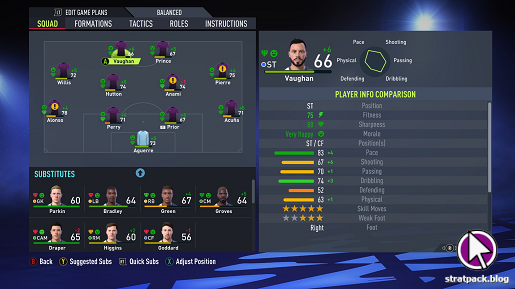
Cup matches, which are arguably less important and are more likely to be against lower-level opposition, should be a big opportunity for young players. Consider starting some young talent in the cup - particularly goalkeepers, who aren’t likely candidates to be subbed on during other games.
Even when you try your best, circumstances (or just the sheer number of youth players you’re farming) don’t always allow for everyone to get the minutes they need on the pitch. If a player isn’t playing regularly then don’t be afraid to send them out on loan. The offers that come in always seem to be for loans with the option to buy and the other club will walk away if you try to negotiate, but don’t be put off by this bug - delegating the response to your director of football will allow you to renegotiate a standard loan.
Follow this pattern, exposing young players to first-team football via the bench, cup starts, and loans. You should see their OVR increase by a few points per season (you can check exactly how much on the Squad Hub screen). Eventually some will develop enough to earn starting places in your lineup, and maybe - if you’re lucky - in a few seasons’ time a new world superstar will drop out of the bottom end of your youth academy funnel.




